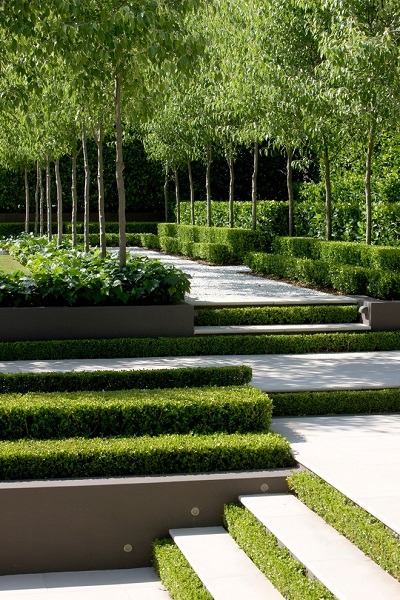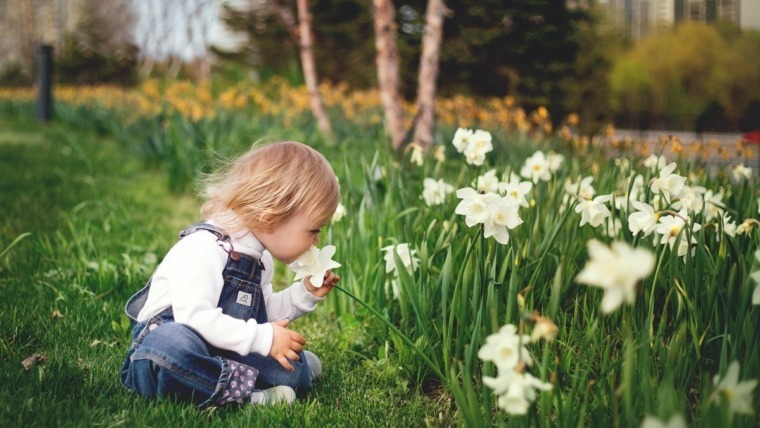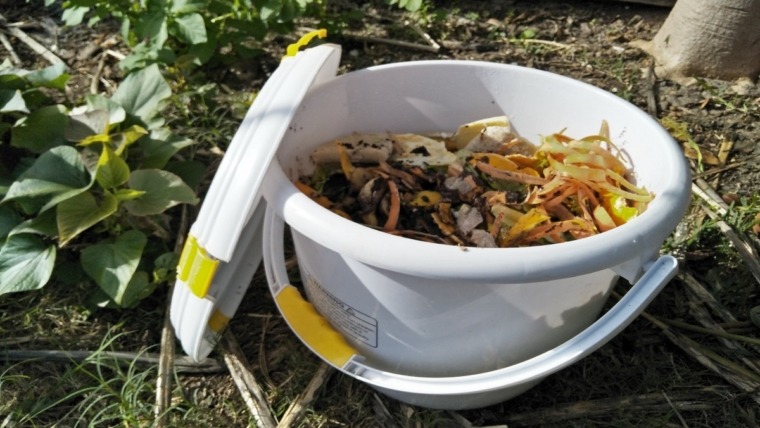
Written by Annabelle Drew
The best time to plant a tree was 60 years ago. The second-best time is today.
A mature tree offers us so much in our gardens. Trees add immeasurable value to our homes by:
- Visually enhancing our properties
- Providing shade and shelter from wind
- Providing air and a cleaner atmosphere
- Improving habitat for birds
- Improving the air quality
- Improving privacy to your property
Trees are important to the liveability and identity of a suburb, town or city. In a broader context, trees add value because they:

- Soften the appearance of the built environment and lessen the visual dominance of buildings, while providing colour and form to create a more pleasing environment for the community
- provide a sense of place and assist with establishing neighbourhood identity
- provide tangible and proven physiological and psychological benefits to the community by providing contact with nature
- add economic value, improve privacy to properties, and increase the desirability of a neighbourhood
- increase the attractiveness of commercial areas and can moderate the otherwise stark appearance of industrial areas
- attract fauna and provide wildlife corridors through our suburbs
- help ameliorate harsh suburban environments by absorbing heat and reducing solar radiation, providing cooling shade and shelter from the elements, as well as assisting air purification through filtering dust and particulate pollution from the air
- assist with intercepting rainwater and reducing runoff
- contribute to global carbon emission offsets through taking in carbon dioxide and releasing oxygen into the atmosphere.
We can’t speed up a tree’s growth, but we can improve the future by starting the process now. The best thing you can do for your garden, your home and the environment is to plant a tree.
Now, which type of tree? There are over 60,000 species of trees to choose from. We are spoilt for choice! So, to make the selection easier, here are my top 5 trees for your garden.
My Top Five Trees

1. ‘October Glory’ Red Maple - Acer rubrum ‘October Glory’
If you are a lover of a rich autumn foliage show, then look no further than this tree. Later in the season than many deciduous trees to turn, the leaves change to a dark pinkish-red as autumn begins and progress to a luminescent red in late autumn. The spectacular uniform red canopy stops people in their tracks. With a mature height of about 12m, you will need a bigger garden to plant this beauty.
2. Snow Pear - Pyrus nivalis
Less than 10 m high, the Snow Pear is a small-sized ornamental deciduous tree. It offers attractive floral and foliage displays to highlight the change in seasons. In spring the tree bursts into a beautiful show of white blossom, followed by small yellow fruit. The foliage is soft, fresh green in spring and summer before changing to brilliant orange-yellow in autumn. Birds enjoy the small fruits.

3. ‘Forest Pansy’ Eastern Redbud - Cercis canadensis ‘Forest Pansy’
A small tree of about 5m in height well suited to a courtyard or smaller garden. The beauty of this tree is the gorgeous plum-coloured foliage in spring. The leaves are heart-shaped and change from burgundy to green in summer, then to a multi-coloured display of red, apricot and gold in autumn before falling by winter. In addition to the lovely foliage, it bears pretty pink blossom in spring before the leaves arrive. This tree looks lovely in an established garden, where the burgundy sits very well on a green background and contrasts beautifully with silver foliage.
4. Crepe Myrtle - Lagerstroemia indica
The Crepe Myrtle tree is the perfect addition to a small to medium garden. Depending on the cultivar, it reaches between 3m and 8m high. It is a deciduous tree with a multi-stemmed habit and a wide-spreading, flat-topped canopy. The flowers are very showy in autumn, and its cultivar’s floral colour can range from dark lavender on ‘Zuni’ – about 3.5m high, to coral pink on ‘Comanche’ – about 5m high, through white on ‘Natchez’ – about 8m high. In autumn the foliage changes from fresh green to glowing red-orange. Winter reveals the Crepe Myrtle’s elegant mottled tan, pinkish-brown and cream bark. This tree is fast growing and drought tolerant, once established.
5. ‘Wildfire’ Flowering Gum - Corymbia ficifolia ‘Wildfire
A beautiful Australian native evergreen tree with lollypop-shaped habit. This is a small grafted cultivar perfect for a compact garden where foliage is desired the whole year through. It reaches about 6m in height The spring and summer flowers are stunning and offer a show-stopping display. They are perfect clusters of bright red fluffy inflorescences worthy of any May Gibbs illustration. The flowers attract birds and insects, including native bees. The rounded canopy of dark green leaves provides a good year-round screening of fences and neighbouring houses.
Picking the Perfect Tree
If you are unsure which tree will suit your environment best or are struggling to settle on one species out of the huge numbers available, ask a professional such as a landscape architect, landscape gardener, horticulturalists or arborist. If you want advice on fitting a tree into a new or existing garden design, feel free to get in contact with me. I’ll make sure you have the perfect specimen for an arboreal life now and for future generations to enjoy.
Source of the photos:
- ‘Hero-Acer-Autumn-Blaze_Domain Chando_Flemings’ is from Flemings Nurseries
- ‘Acer ‘October Glody’’ is from Pinterest
- ‘Pyrus nivalis french garden_Peter Fudge’ is from Peter Fudge Gardens
- ‘Cercis canadensis_Forest Pansy_ian Barker Gardens’ is from Ian Barker Gardens
- ‘Lagerstroemia Natchez_Flemings’ is from Flemings Nurseries
- ‘Corymbia ficifolia Wildfire_Gardening with Angus’ is from Gardening with Angus



